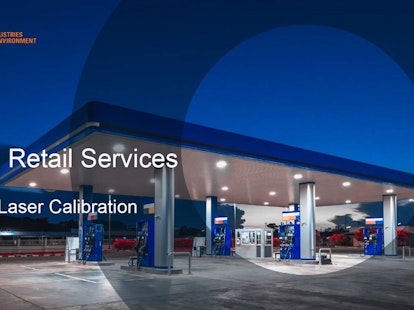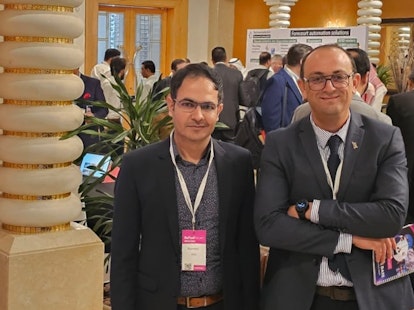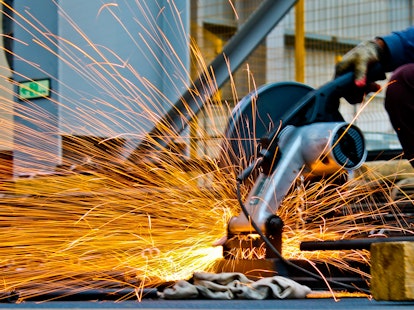In this insightful article Mr Arockiasamy, Team Leader Asset Integrity at OQ (Sultanate of Oman), explores ways to enhance reliability of industrial assets.
Introduction
In today's rapidly evolving technological landscape, businesses across industries increasingly recognize the significance of reliability and asset integrity management. The absence of unplanned downtime has become a critical factor for organizations seeking to maintain their competitive edge.
Traditionally, reliability has been understood as the absence of failure or downtime. It is akin to the absence of light in the darkness. However, in asset management, reliability extends beyond the mere presence or absence of downtime. It encompasses the ability of a system or equipment to perform consistently and predictably throughout its defined operational period.
Reliability vs Availability
While availability refers to the proportion of time a system or equipment is accessible and operational, reliability delves deeper into the issue by examining the consistency of performance. It is possible to achieve high availability but still experience intermittent failures.
However, true reliability necessitates both high availability and consistent performance. An organization may claim 80% availability, but if the system is 100% reliable, it implies that the system performs flawlessly during its operational period.
Factors Influencing Reliability
Design, operation, technology, and organizational culture all play crucial roles in influencing reliability.
A well-designed system, leveraging modern technologies and aligned with an organization's culture that promotes proactive maintenance, can significantly enhance reliability.
Embracing a comprehensive approach that considers these factors holistically is vital for achieving and sustaining high levels of reliability.
Historical Evolution of Reliability
According to studies, this concept can be traced back to the 1960s. Before this time, it was assumed that the longer a piece of equipment was running, the more likely it was to fail. But a study in the aviation industry revealed that only 11% of failures could be linked to an asset’s age. This brought about a huge change in the way people thought about equipment failure. If 89% of failures occurred for reasons other than old equipment, what were those reasons?
So began the idea of condition-based maintenance, wherein failures were linked to a change in the condition of an asset rather than its age. To carry out this concept’s analysis, a root cause analysis had to be carried out to understand where the problem caused the machinery to fail.
Implementing Reliability in a Modern Context
While condition-based maintenance introduced a new dimension to asset management, it was only based on a machine’s current condition. In recent years, reliability-centricity has gained popularity. This concept focuses on making maintenance decisions to maximize machine reliability over time. Since reliability considers everything from design to organizational culture, many different frameworks can be incorporated into a reliability-based maintenance approach.
Reliability-centered maintenance should not be considered an alternative to any one maintenance strategy. Rather, if carried out properly, a reliability-based approach will consider many methods, depending on what increases reliability for any asset.
Let’s take a car, for example. If you used a reliability-based approach to caring for it, you would use a time-based preventive maintenance schedule for an oil change, a condition-based approach for your tires, and a run-to-fail approach for light bulbs.
Benchmarking for Continuous Improvement
Benchmarking against industry standards and peers helps organizations assess their reliability performance. It provides an opportunity to identify gaps and areas for improvement.
Organizations can validate the effectiveness of their reliability initiatives by measuring key performance indicators and comparing them against benchmarks. Regular assessments ensure organizations are on the right track and enable continuous improvement.
The Role of Technology
Advances in technology have revolutionized reliability and asset integrity management.
Organizations have access to a range of powerful tools, from data analytics and predictive maintenance algorithms to remote monitoring and Internet of Things (IoT) integration. These technologies enable real-time data collection, analysis, and decision-making, allowing organizations to address potential issues before they escalate proactively.
By embracing technology, organizations can optimize asset management practices, minimize downtime, and improve overall operational efficiency.
About SGS
We are SGS – the world's leading testing, inspection and certification company. We are recognized as the global benchmark for sustainability, quality and integrity. Our 99,600 employees operate a network of 2,600 offices and laboratories, working together to enable a better, safer and more interconnected world.
Amman, Al-Jbeiha, Yajouz Street,
Caracas Building, Entrance No1, 3rd Floor, Office 311, 11193,
Amman, Jordan




